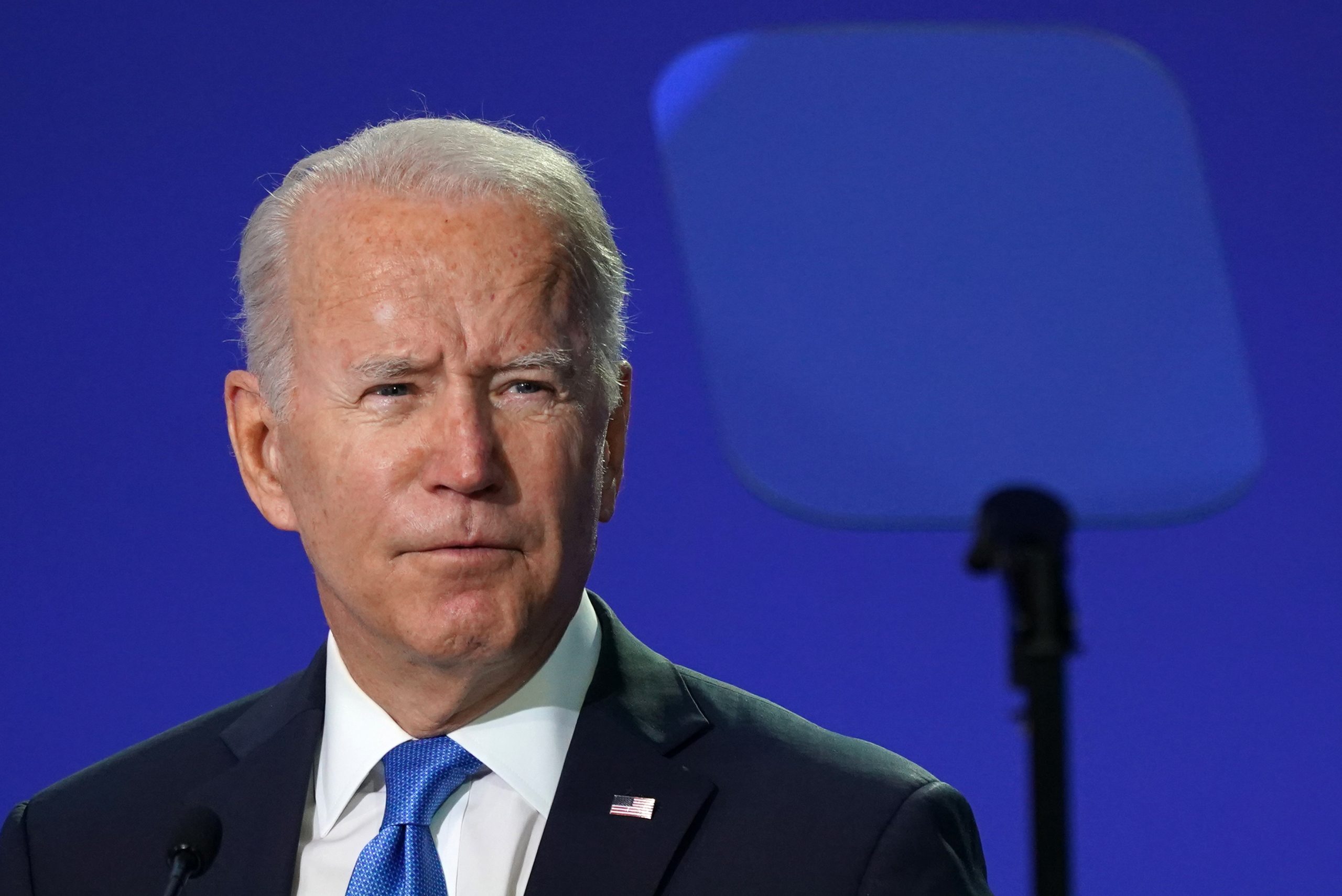President Joe Biden unveiled a series of priorities the administration claims will “drive” efforts to prevent suicide among service members, veterans and their families.
The White House wrote in a news release, “Far too many of our nation’s veterans and service members have died at their own hands, an overwhelming majority of them as the result of a firearm.”
The statement continues, “Since 2010, more than 65,000 veterans have died by suicide – more than the total number of deaths from combat during the Vietnam War and the operations in Iraq and Afghanistan combined.”
Acknowledging “suicide is a complex problem,” the White House explained, “Given the multiple factors that may lead to suicide, preventing suicide requires a comprehensive public health approach that harnesses the full breadth of the federal government.”
The new national strategy, “Reducing Military and Veteran Suicide: Advancing a Comprehensive, Cross-Sector, Evidence-Informed Approach,” includes five components.
The first priority, “Improving Lethal Means Safety,” identifies “ways to ensure time and space between a person in crisis and their access to lethal means, including firearms and medications.”
According to the White House, agencies “will collaborate to raise awareness among service members, veterans, and their families; educate and train health care providers and crisis responders; and evaluate the effectiveness of existing and new programs that may reduce access to lethal means.”
“Enhancing Crisis Care and Facilitating Care Transitions” is the second priority listed in the administration’s strategy. It “elevates the need for improving care in emergency settings, as well as providing appropriate care and support as individuals transition from crisis care into follow-on settings, including other services that can help to de-escalate the crisis and facilitate access to outpatient care.”
The third, “Increasing Access to and Delivery of Effective Care,” will ensure “access to evidence-based care for mental health greatly reduces suicide risk among those with behavioral health problems, including depression, post-traumatic stress disorder, and addiction.”
The fourth priority the White House mentions is “Addressing Upstream Risk and Protective Factors.” The news release explains how it is necessary to address “the factors—such as increased financial strain, lack of housing, food insecurity, unemployment, and legal issues—that may contribute to or increase risk for suicide.”
Agencies will “expand federal, state, territory, Tribal, and local public and private partnerships to address risk and protective factors for suicide.”
The final priority is “Increasing Research Coordination, Data Sharing, and Evaluation Efforts.” The strategy will “advance interagency research coordination, ensure integration of data, and encourage adoption of rigorous program evaluation across all prevention programs.”
Concluding the statement, the administration said, “These actions build upon an existing foundation of government programs and public-private partnerships, and will serve to accelerate efforts across the federal government.”

























 Continue with Google
Continue with Google